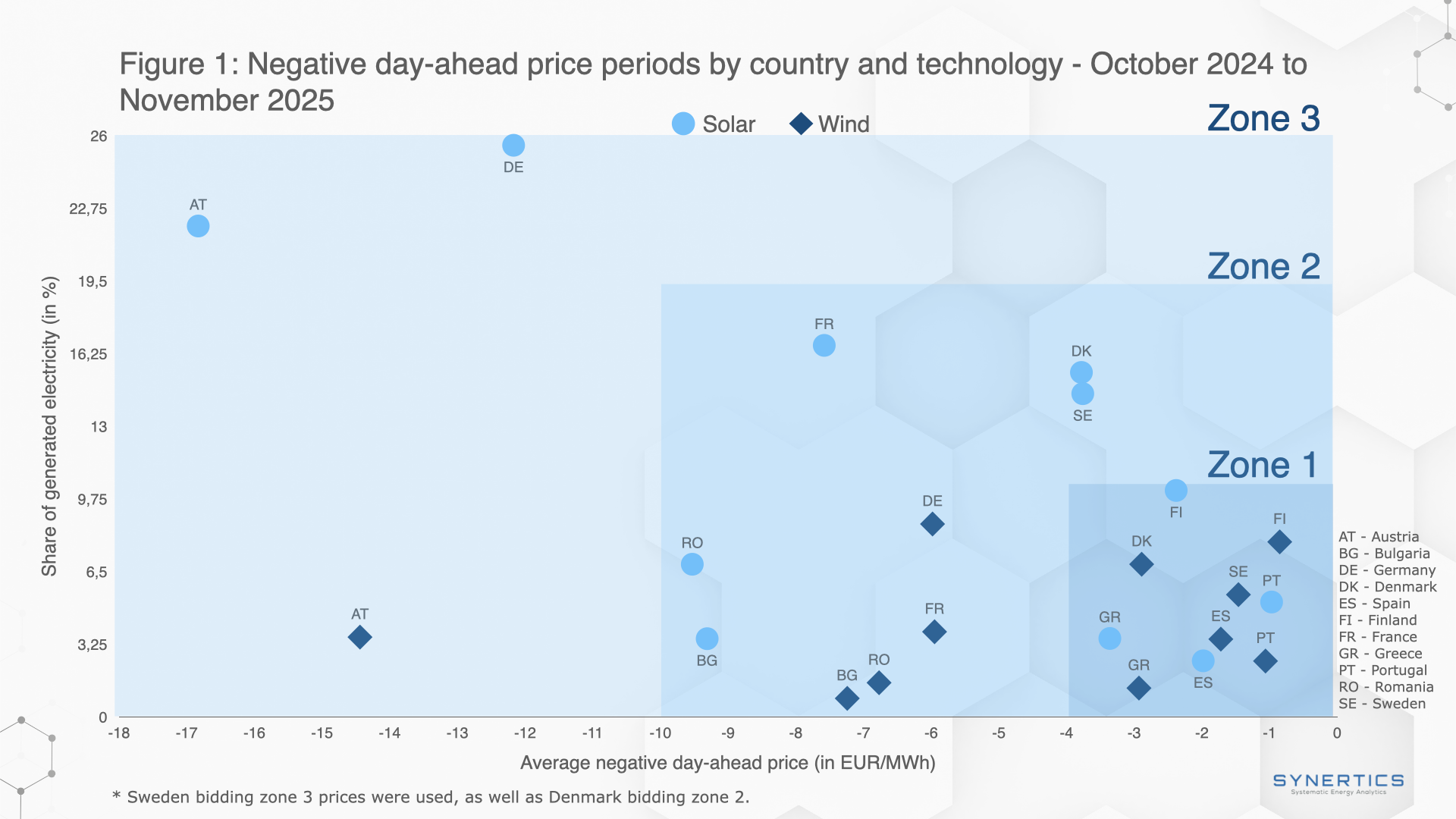Join us on our journey towards renewable energy excellence, where knowledge meets innovation.
Europe’s energy markets face soaring prices, record solar output, and shifting gas supplies, while political hurdles and new EU rules test the bloc’s climate transition.

A heatwave in the second week of August caused a surge in electricity demand across most major European markets, leading to a significant rise in prices. The British market saw the largest increase in demand at 12%, followed by Belgium, France, and Germany. This spike in demand, driven by higher temperatures, occurred despite a national holiday in several countries. The electricity markets experienced varied renewable energy production; while Germany and France set new records for solar generation, Southern European markets saw a decline. Wind energy production also fluctuated, increasing in Portugal and France but decreasing significantly in Germany, Italy, and Spain. Consequently, average electricity prices rose across the continent, with the Nordic market seeing a staggering 293% increase. Italy recorded the highest weekly average price at €113.27/MWh, while several other markets saw daily prices exceed €100/MWh.
The European Union's ambitious transition to renewable energy is at a critical juncture, with significant progress tempered by political headwinds. While renewables now constitute almost half of the EU's electricity, with solar energy surpassing coal for the first time, the initial political enthusiasm for the European Green Deal has waned. The rise of far-right and conservative parties, coupled with the energy crisis following Russia's invasion of Ukraine, has shifted focus to economic and defense concerns, leading to delays and potential weakening of environmental regulations. Progress is inconsistent across the bloc; countries like Denmark, Spain, and the Netherlands are exceeding their renewable energy targets, while France and Sweden are lagging. Further complicating the situation, many member states have failed to submit their legally required National Energy and Climate Plans on time, prompting legal challenges from environmental NGOs. Although the private sector continues to invest heavily in wind and solar, without stronger political commitment, updated infrastructure, and unified policies, the EU's long-term climate goals for 2030 and 2050 could be in jeopardy.
The first quarter of 2025 saw significant developments in the EU's energy markets, marked by a record-breaking 45 TWh of solar power generation, a 30% increase compared to the same period in 2024. However, due to unfavorable conditions for wind and hydropower, the total share of renewables in power generation decreased from 46% to 41% in the first quarter of 2024. A key development in the gas market was the end of Russian gas transit through Ukraine, which resulted in a 45% drop in Russian pipeline gas imports compared to the previous quarter. This has led to the United States overtaking Russia to become the EU's second-largest gas supplier, behind Norway. A colder-than-usual heating season led to increased gas demand, and combined with lower renewable production, resulted in higher wholesale gas and electricity prices compared to the first quarter of 2024, though still lower than in 2023.
The European Commission has initiated a public consultation on two new draft regulations aimed at enhancing the integrity and transparency of the EU's wholesale energy markets. The proposed rules fall under the updated Regulation on Wholesale Energy Market Integrity and Transparency (REMIT) and are designed to promote fair competition and prevent market manipulation. One of the proposed regulations focuses on strengthening the supervision of entities that report energy market data to the EU Agency for the Cooperation of Energy Regulators (ACER), ensuring a straightforward and fair authorization process. The second proposal aims to amend existing data reporting rules to improve ACER's ability to monitor markets for potential abuses, while also seeking to reduce the reporting burden on market participants where possible. The public feedback period is open until September 15, 2025, with the new rules anticipated to be adopted and implemented in early 2026, followed by a transition period for market actors to adapt.

Market-trends, Projects
27th Nov, 2025

Market-trends
21st Oct, 2025

Market-trends
8th Oct, 2025